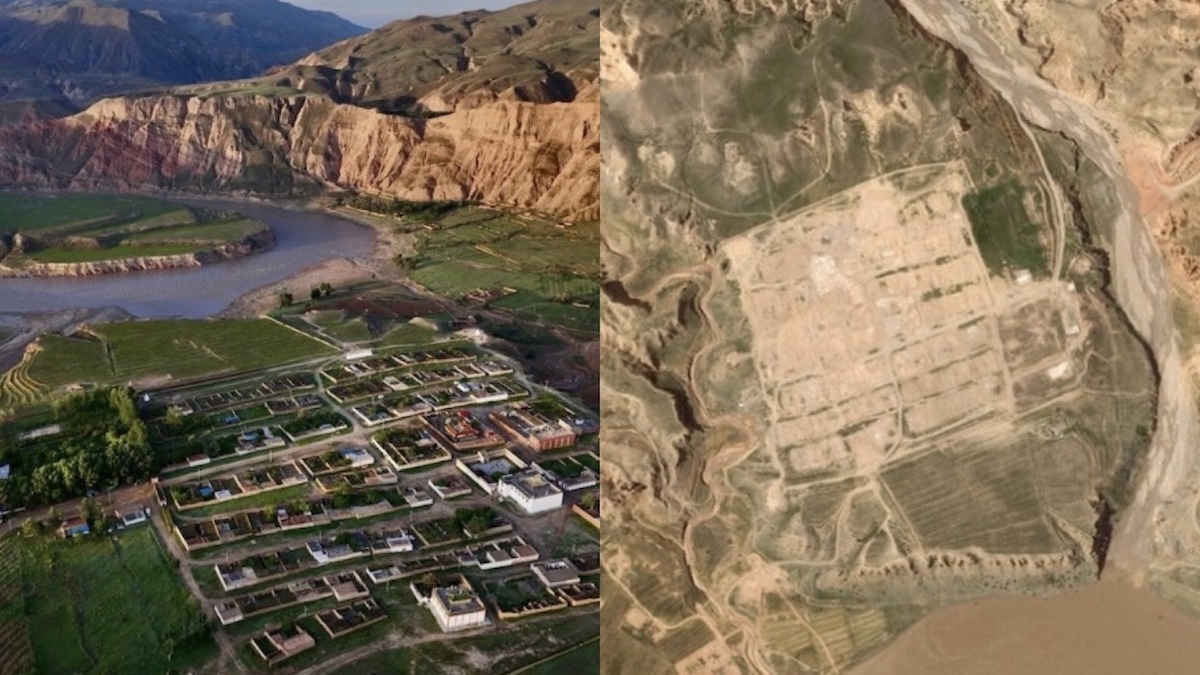Chinese authorities in Drakkar County, located in Tsolho (Ch. Hainan) Prefecture in the Amdo (Ch. Qinghai) region, have completed the demolition of the 19th-century Tibetan Buddhist monastery, Atsok Gon Dechen Choekor Ling, to make way for the construction of the Yangqu hydropower station on the Machu River (internationally known as the Yellow River).
[…]
According to a report in June by the research group Tibet Watch, the demolition of the 135-year-old monastery began with the imposition of stringent restrictions on the movements of local Tibetans in Drakkar County. Authorities prohibited the public from taking and sharing images or videos of the monastery’s demolition and the construction of the Yangqu hydropower station on social media. Additionally, residents were banned from visiting the monastery and its planned relocation site, while monks were relocated to temporary makeshift iron shelters, and the monastery’s properties were stored in a warehouse in Palkha Township, three to four kilometers away, during the demolition process.
Another report from April noted that authorities held a meeting at the monastery on September 29, 2023, ordering the monks to comply with the government’s decision to relocate them.
[…]
The forced relocation of local Tibetans by authorities to accommodate the construction of a series of hydropower stations mirrors the situation in Derge County, Kham region in Tibet. In February, protests erupted there, demanding a halt to constructing the Kamtok (Gangtuo) Hydropower Station on the Drichu (Yangtze) River, which would displace thousands of residents from two villages and six monasteries.



It’s still older than current china, we preserve things from much more recently.
Exactly, Tibet has been a free and culturally rich country long before modern China existed. It’s been occupied territory for a long time now.